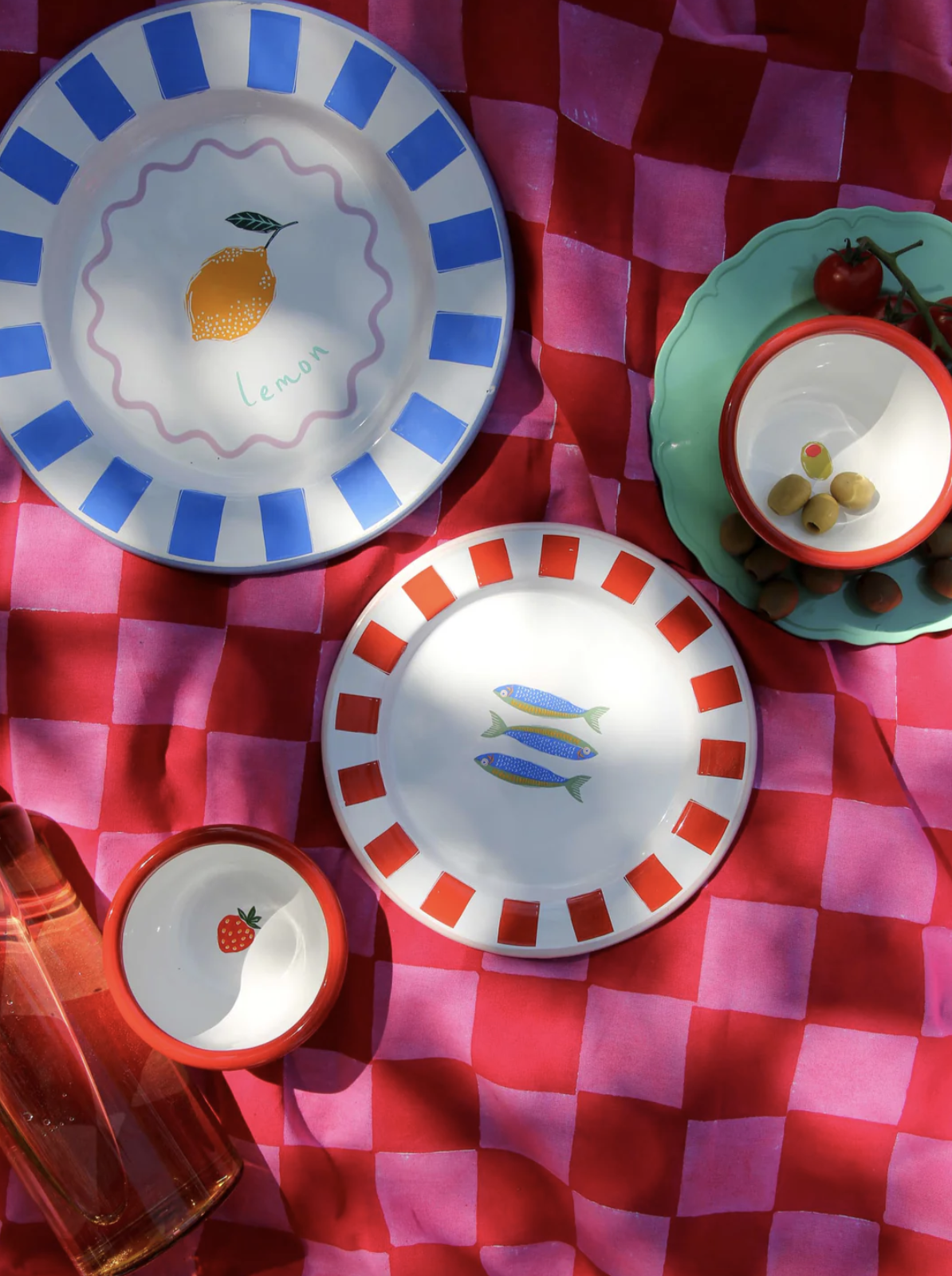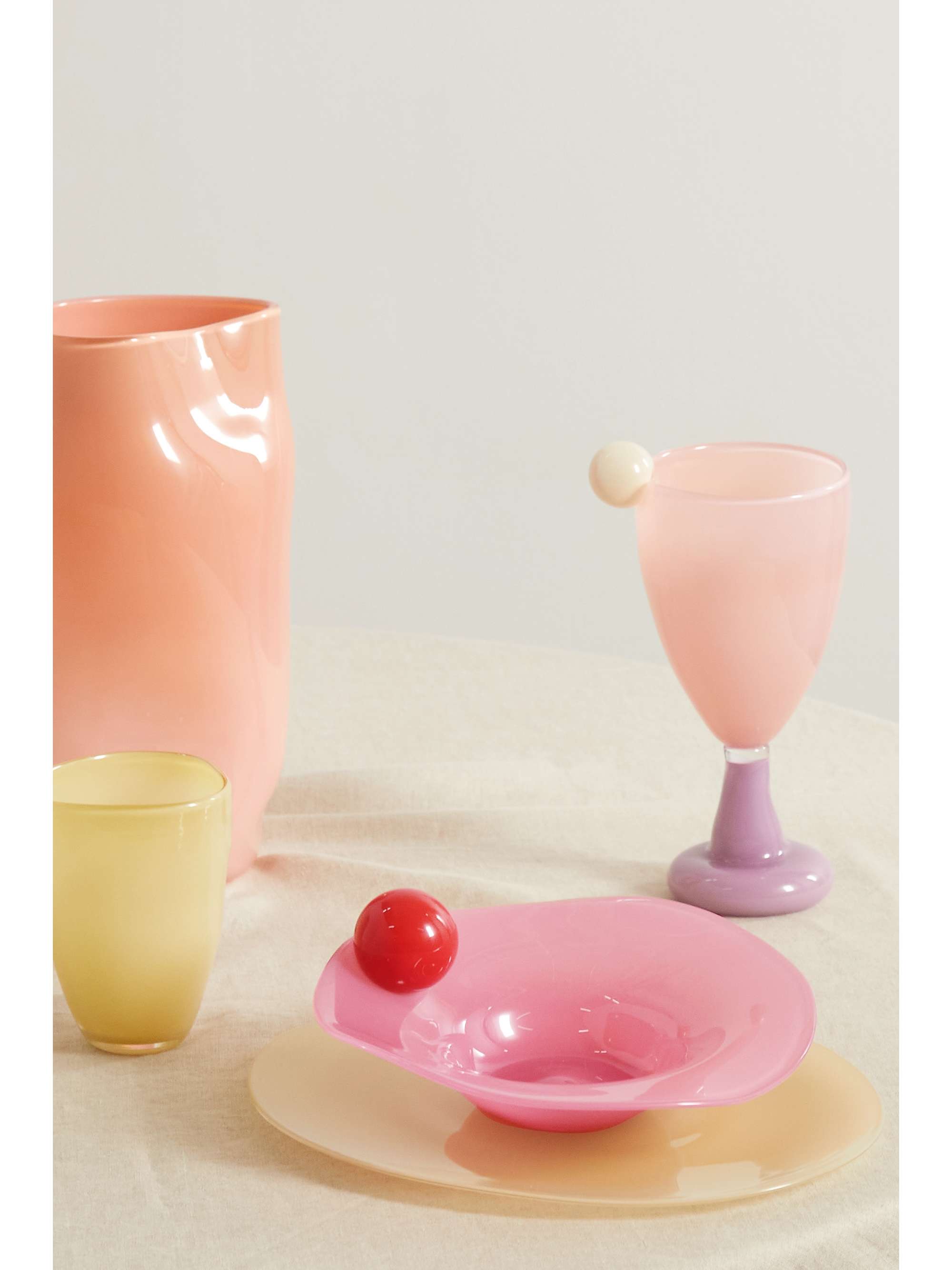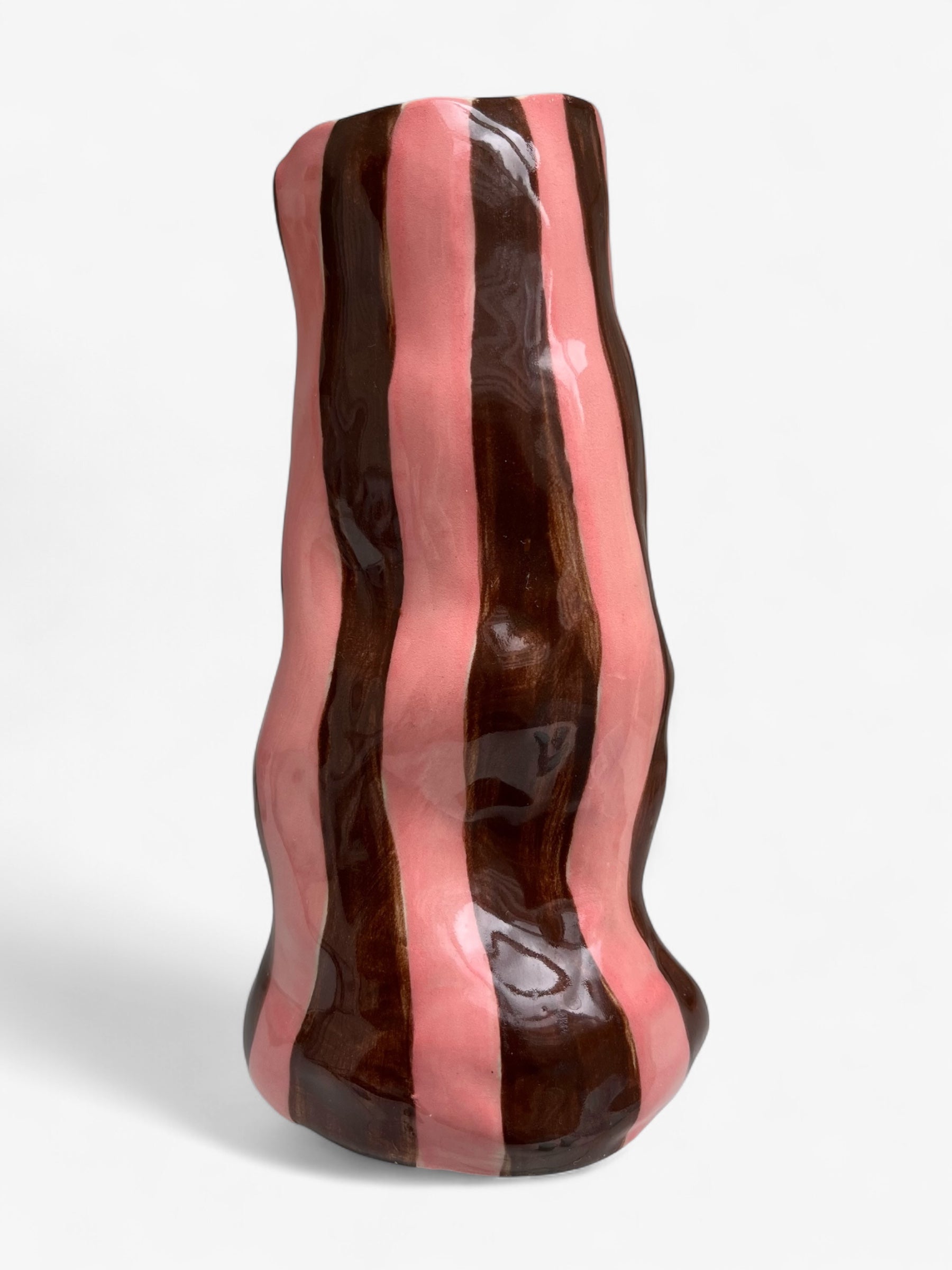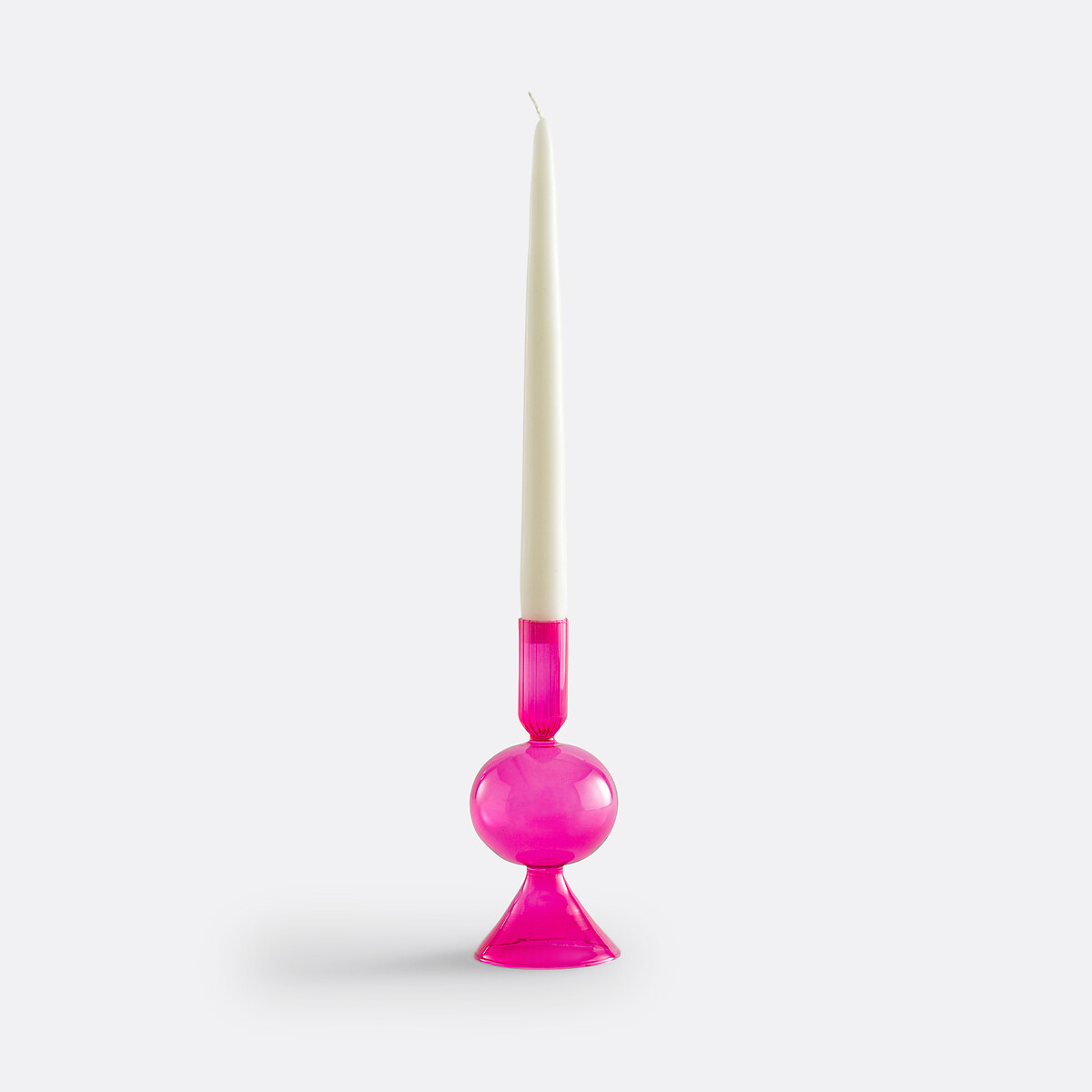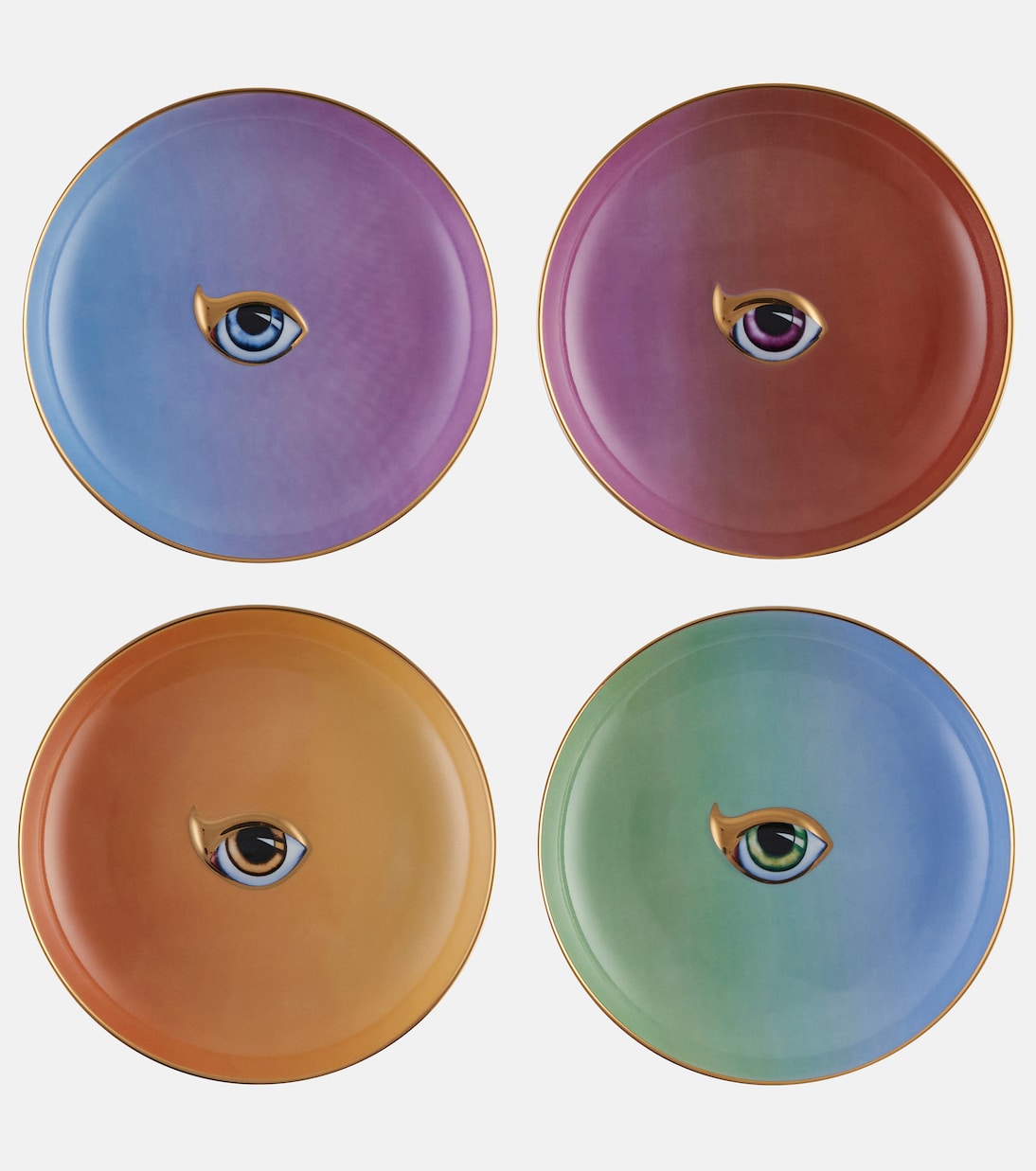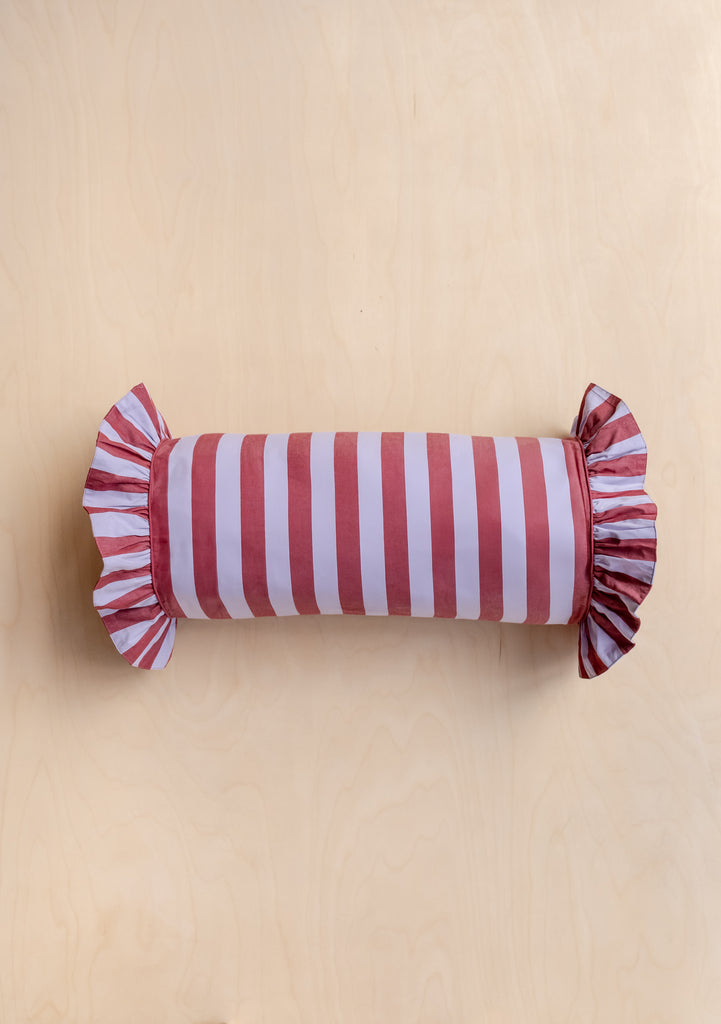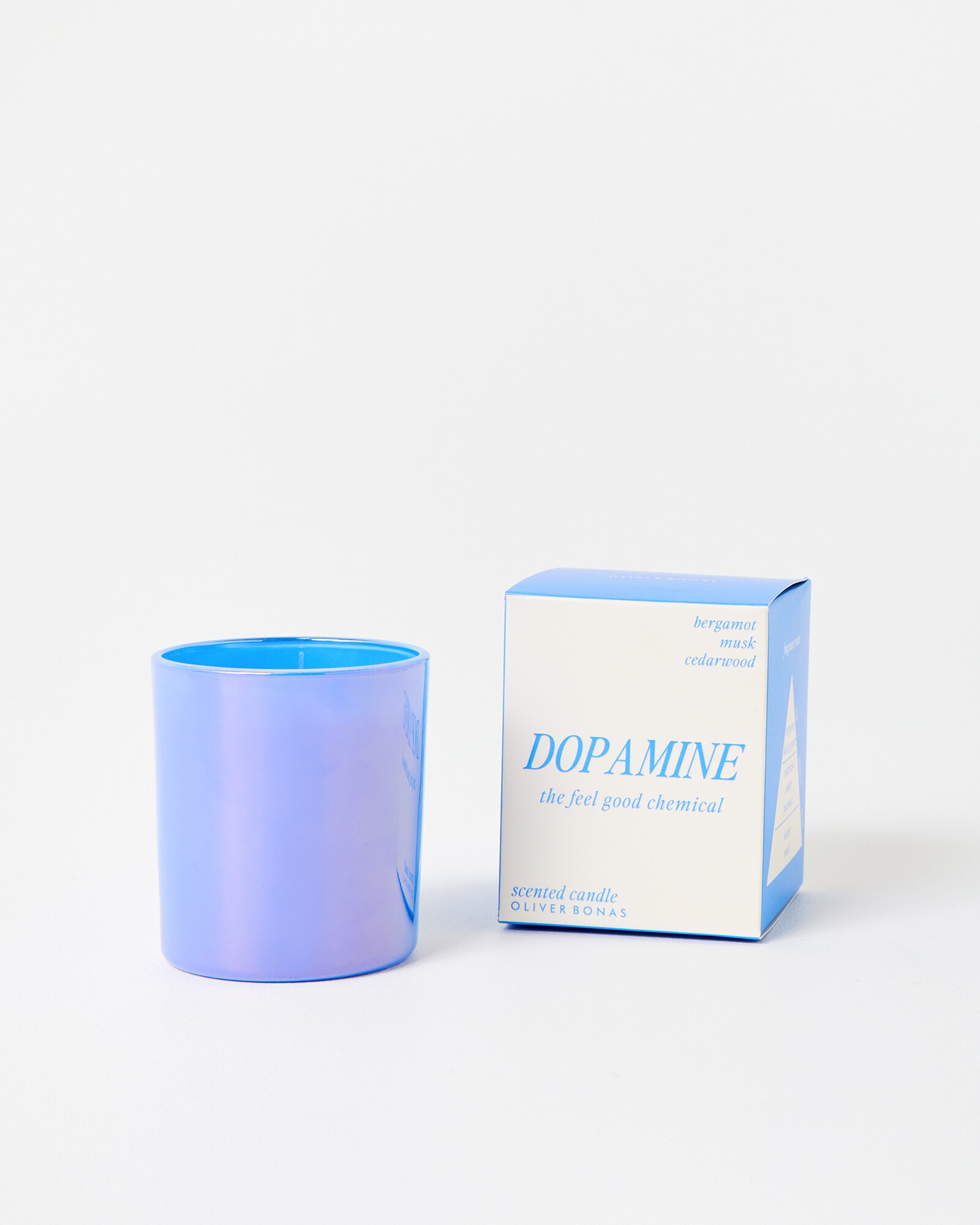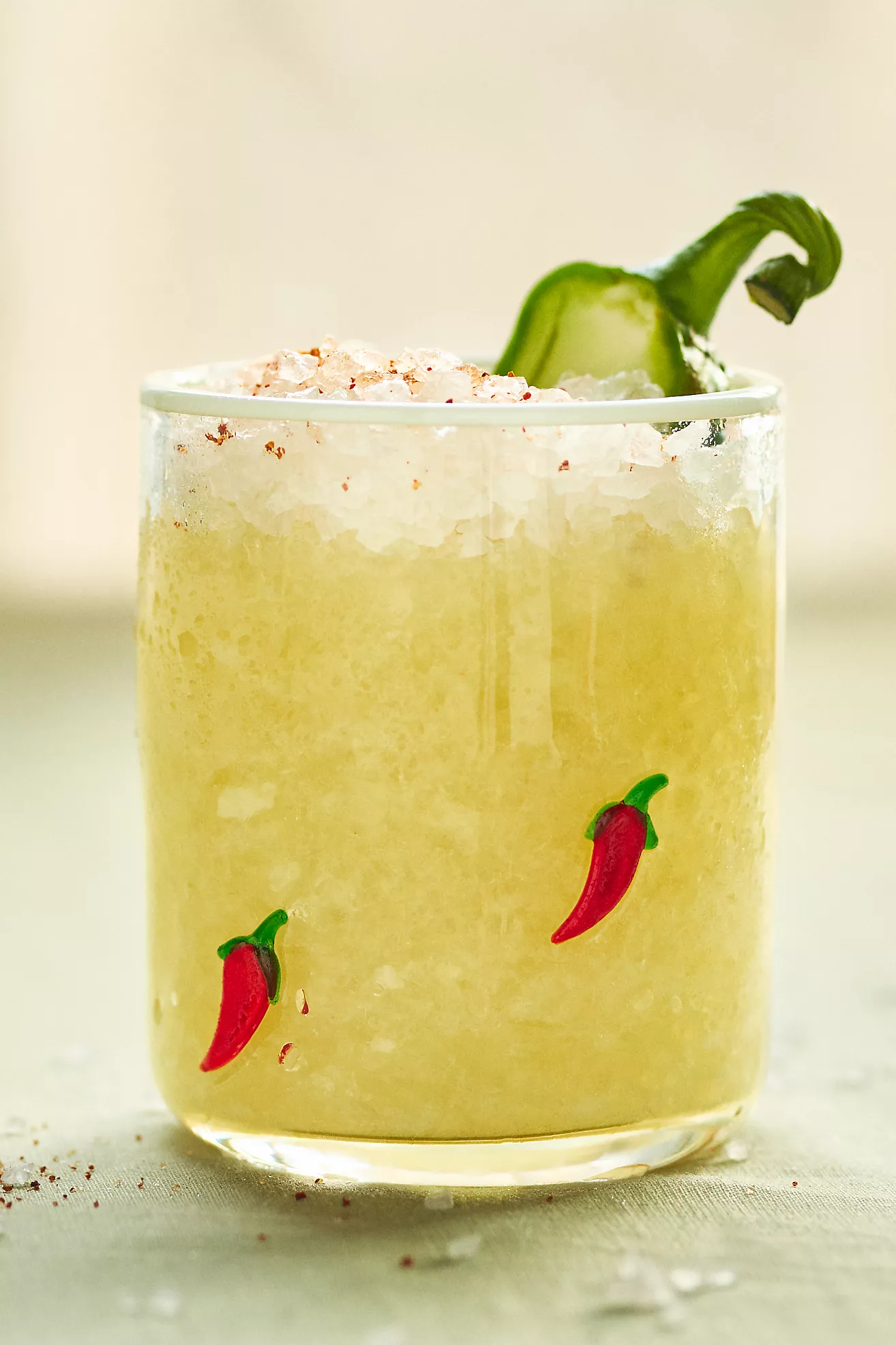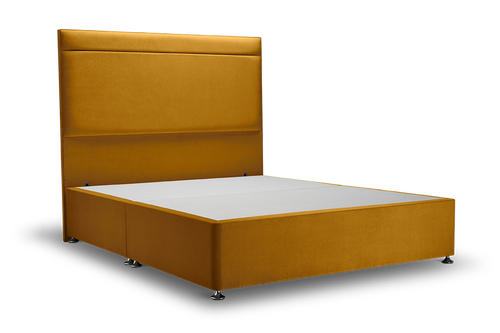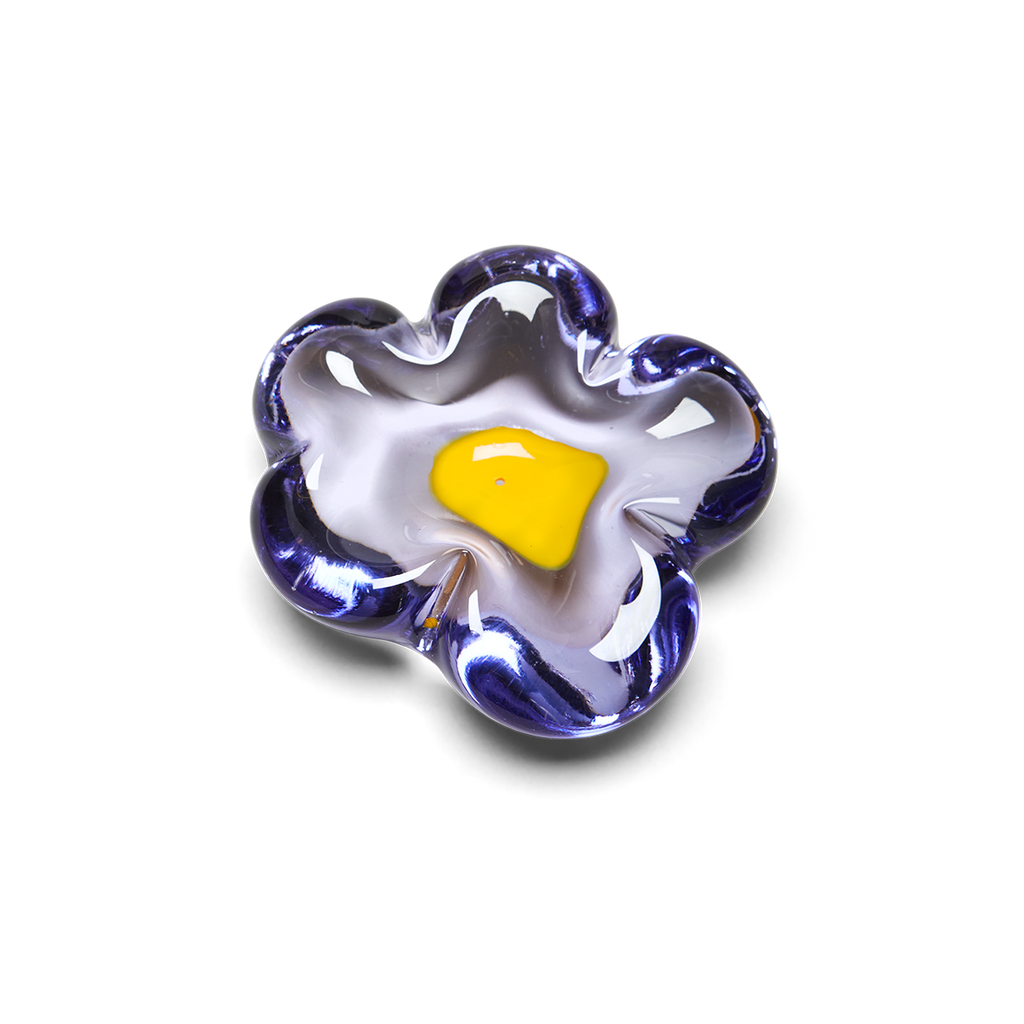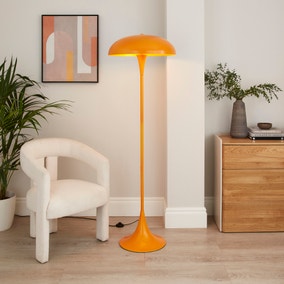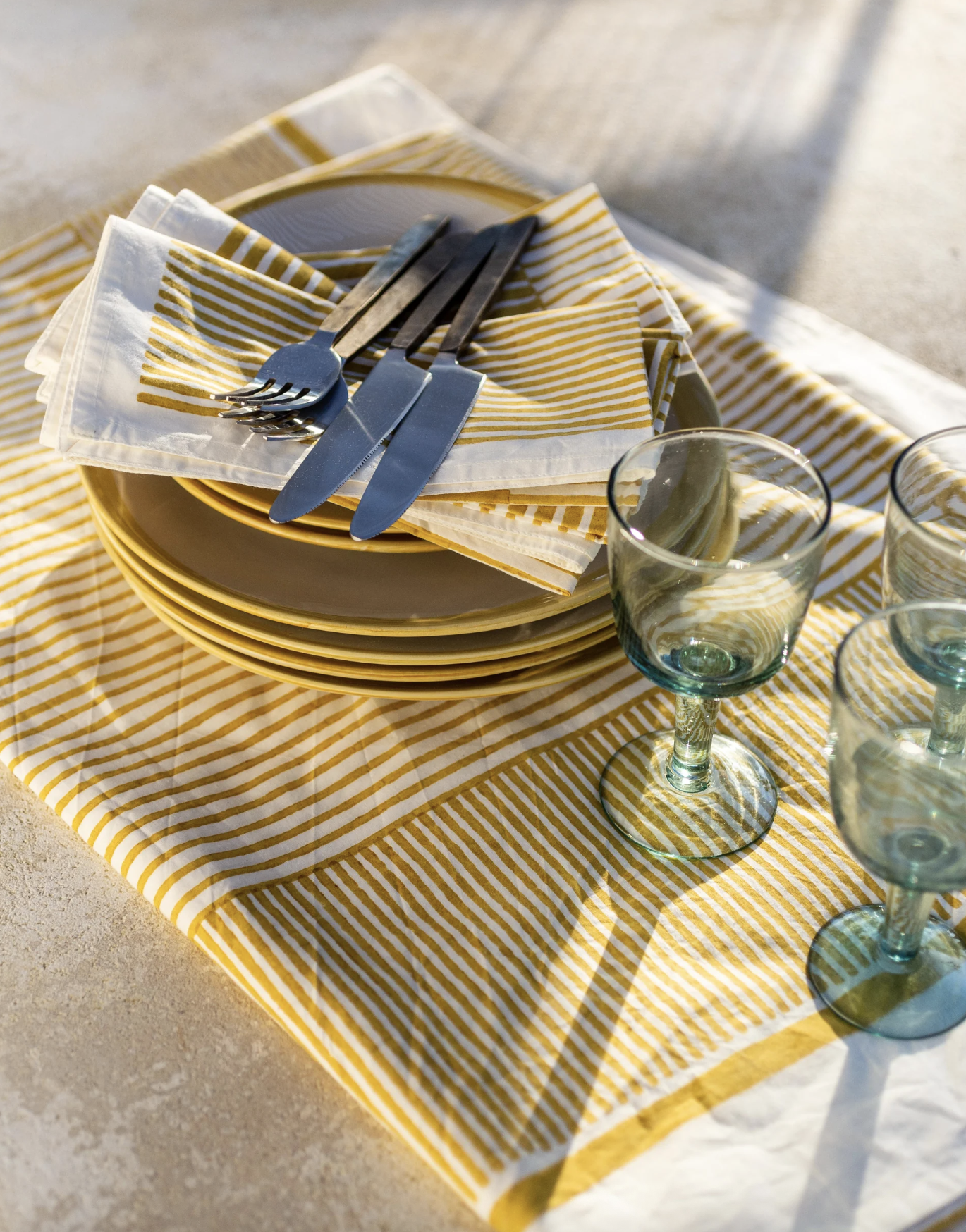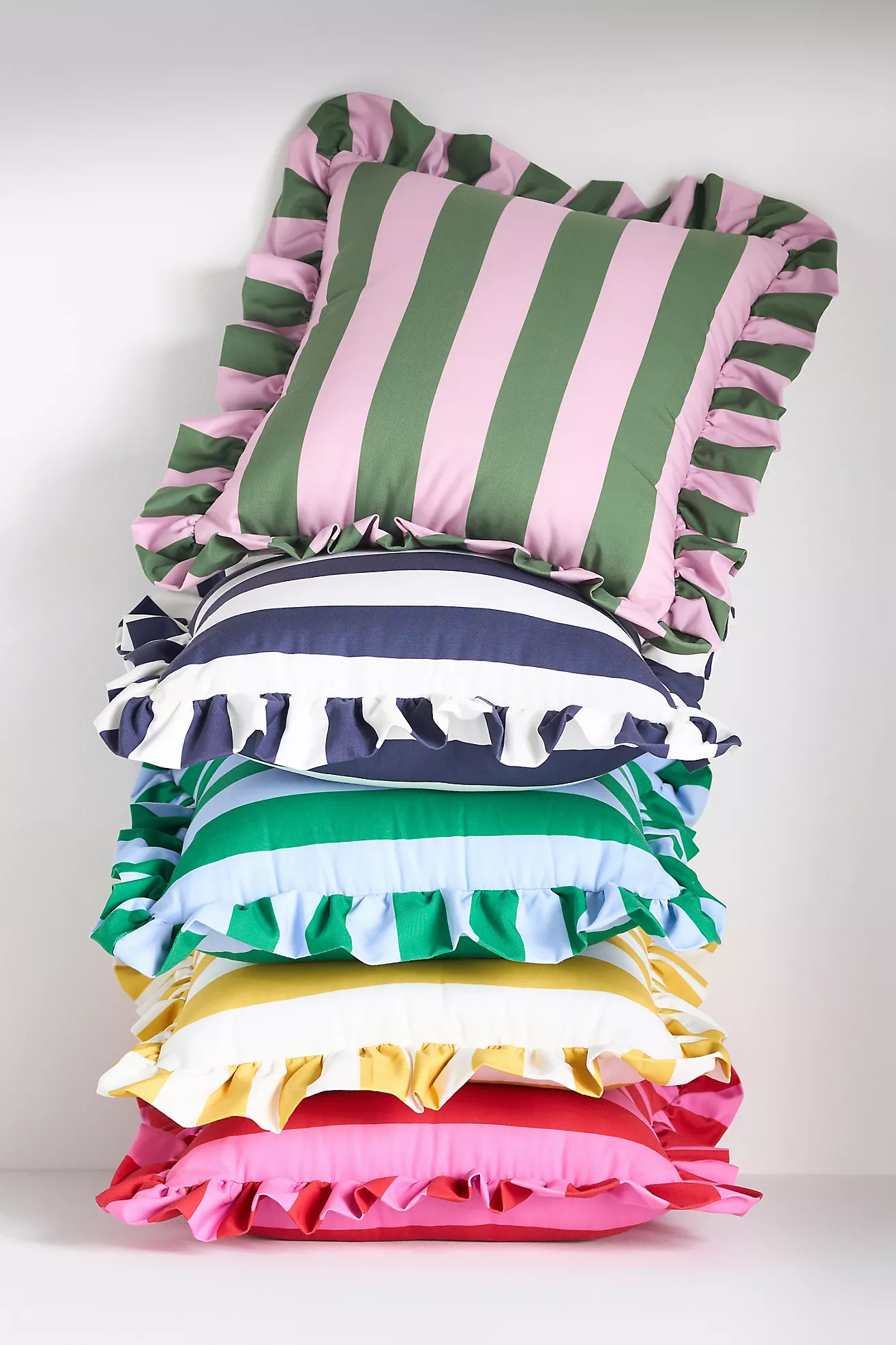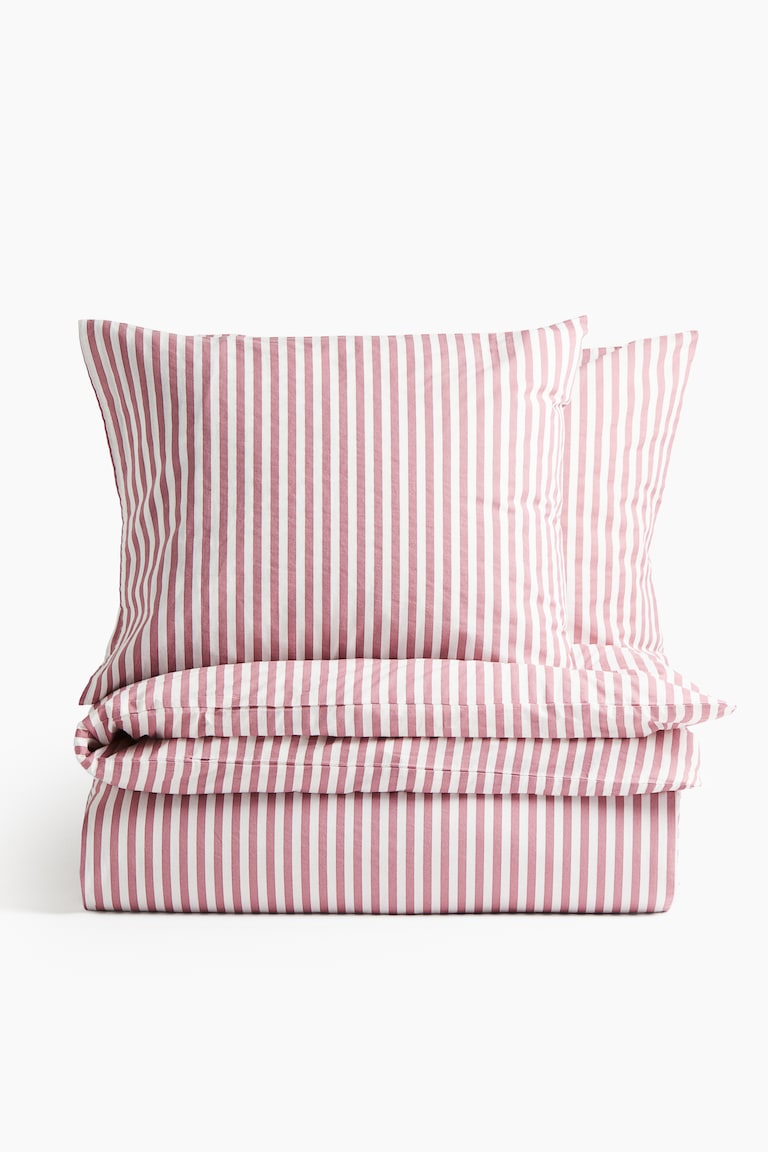Dopamine Decor Is Giving Greige Minimalism a Run for Its Money
Add joyful interiors to your dopamine menu
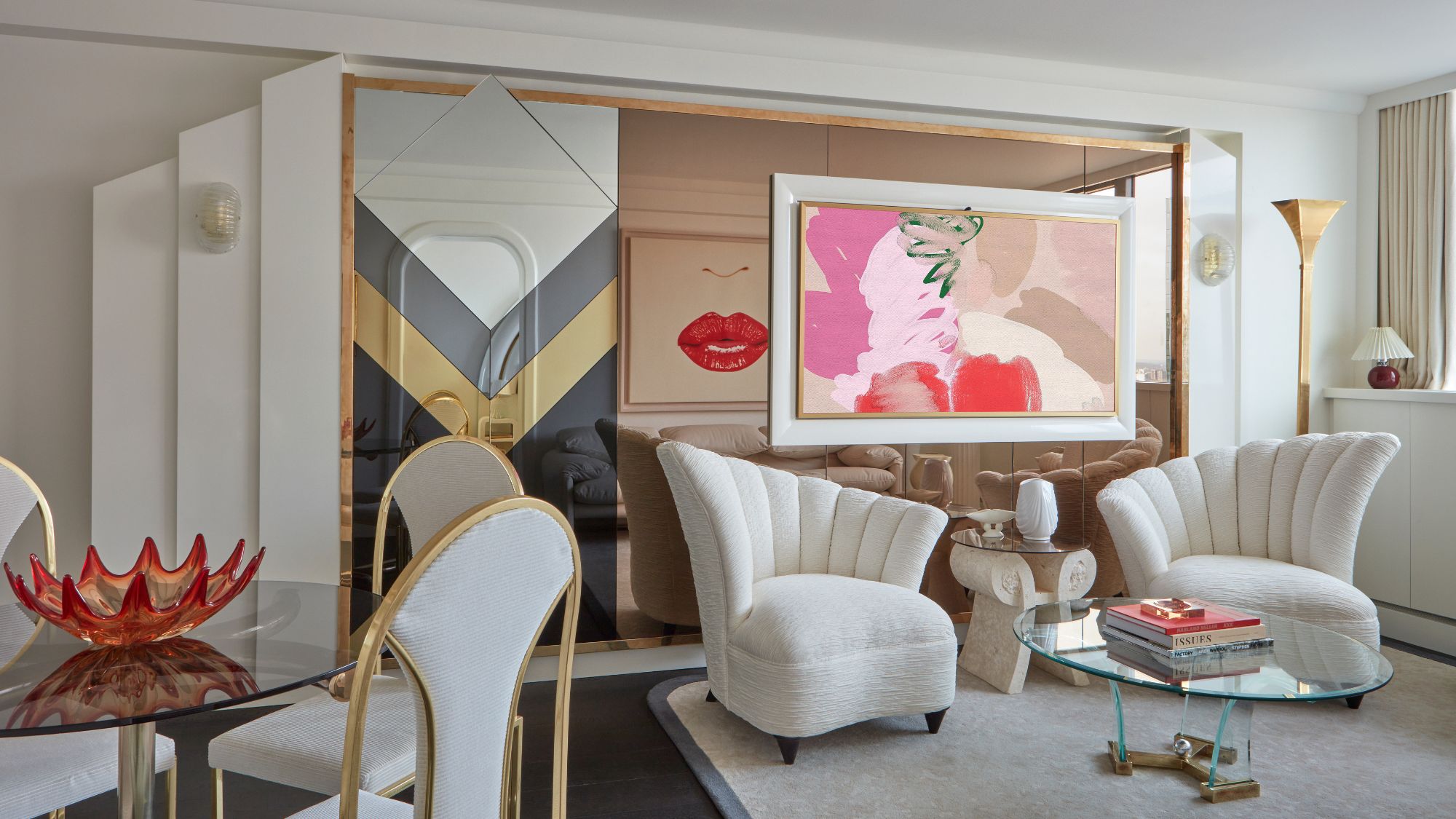

A good friend’s sister once, in the midst of an existential crisis, earnestly asked my friend: “So, what do you do when you need to cheer yourself up? Buy a nice plate?”
I think about this inadvertently scathing question at least once a month. Because I, too, am a woman who finds joy in buying nice crockery.
Of course, the discomfort beneath her question lingers: Isn’t there supposed to be more to life than this? Should I really be scouring Facebook Marketplace for vintage G-Plan furniture and Murano glassware when there are natural wonders to behold, waterfalls to stand under, mountains to climb?
Said friend’s sister emigrated not long after the plate question (Plategate?). And by all accounts, is living the dream.
So where does that leave me? Still in London, surrounded by my—in my opinion—enviable collection of vintage glassware, saccharine scatter cushions, and joyful trinkets. It seems a particularly millennial affliction: to seek the comfort of material goods while simultaneously bristling against them. The thing is though, I do get a lot of joy looking at my colour-coded bookshelf (cue Chandler Bing voice: Could I be any more millennial?) and original Mathmos Telstar lava lamp.
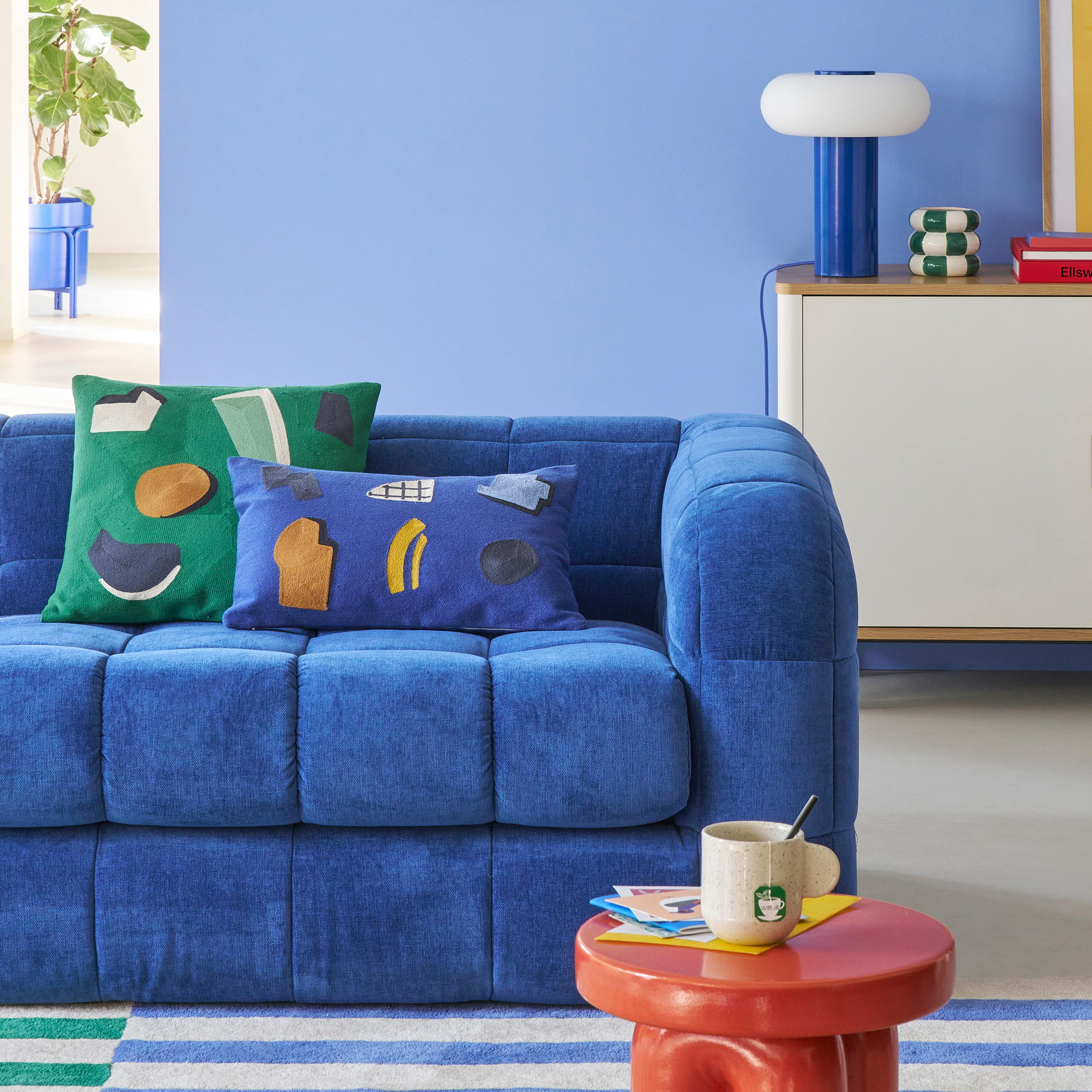
A veritable feast of Dopamine Decor from La Redoute
For so many of us, homes aren’t just a backdrop—they’re a safe haven. Interiors influencer and colour expert Kate Rose Morgan, author of Dopamine Decor, has built a career around this very idea. “After a really challenging period, I discovered how powerful colour could be for my mental health,” she says. “A cheerful wall, a quirky object, or a pastel cushion—these are the little things that can turn a space into a sanctuary.”
I relate to this on both a micro and macro level. At the risk of writing myself as even more of a cliché, I remember filling my bedroom with millennial pink cushions following a breakup. My then-boyfriend moved out, and I found myself turfing out any remnants of our relationship and replacing them with what felt like defiantly girly soft furnishings. Pink frills aplenty.
Celebrity news, beauty, fashion advice, and fascinating features, delivered straight to your inbox!
In colour psychology, pink is often associated with love (ironic), compassion, and calmness. It’s also considered a colour that promotes safety, warmth, and emotional comfort—all things I was seeking, even if inadvertently.
“Colour is a language we all instinctively speak, but our experience of it is deeply personal,” explains Tash Bradley, Director of Interior Design at Lick. “Once you understand both its emotional and scientific power, you can start to shape the world you want to live in—and design a home that truly supports how you want to feel,” she says.
So, what exactly is Dopamine Decor?
Loosely defined, dopamine decor is a trend that centres around bold colours, playful patterns, and joyful aesthetics that trigger happiness. Over the past year, search interest in dopamine decor has surged by more than 280%. On social media—arguably the birthplace of the trend—it’s thriving: over 110,000 Instagram posts and 10 million TikTok views feature the hashtag.
It seems that collectively, we’re craving vibrant, feel-good designs that give us positive emotional responses AKA a hit of dopamine, the brain’s “feel-good” chemical. And honestly, is anyone surprised?
“Home has become a kind of emotional refuge,” says Jessica Hubner, founder of British furniture brand Collection Seven. “Colour is one of the quickest, most instinctive ways to lift your mood.”
Swedish designer and the mastermind behind the viral Baguette bag holder, Gustaf Westman, knows all about the mood-boosting power of dopamine decor. “There’s something unique about letting people experience my designs in a personal space where there is no curation whatsoever,” explains Westman, who has teamed up with Kindred, the global home-swapping community, to invite guests to fully immerse themselves in his dopamine-fuelled design world. Think curvy furniture, candy colours, and whimsical chaos:“It’s a full expression of my world,” says the Westman of the project.
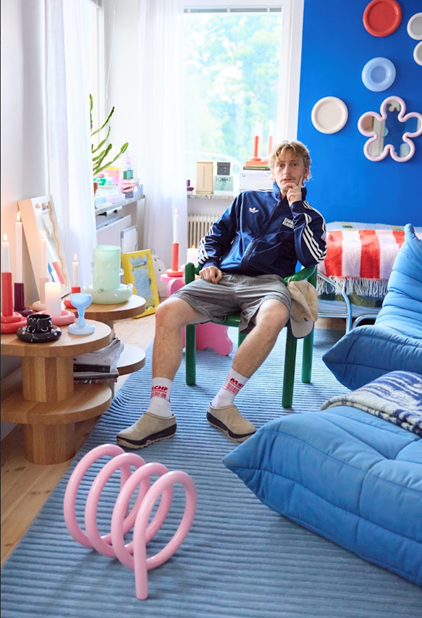
Gustaf Westman, acclaimed Swedish designer and Kindred member, pictured in his colourful Stockholm studio.
In the past 18 months, Hubner has seen a notable shift in client demand. “There’s a growing desire for bold, joyful pieces that make a statement. It’s not just about functionality anymore—people want their interiors to feel energising and emotionally uplifting.” She adds: “This move feels deeply tied to where we are culturally—after years of uncertainty, politically, socially, even economically, the world has felt quite heavy. I think people are craving more optimism in their everyday environments.”
Though dopamine decor may seem distinctly Instagram-coded, it’s more than just an algorithm-driven aesthetic and it’s rooted in emotional intention. It’s not about slapping this year’s Pantone on a feature wall, it’s about filling your space with what genuinely makes you feel good.
“Dopamine-driven spaces are all about personality,” says interior content creator Matilda Bea. “My biggest piece of advice? Design around the life you actually love to lead.” For Matilda, that means a home that reflects her duality: a peaceful retreat and a buzzy social hub. Her bedroom is a wind-down zone—complete with Jo Malone pillow spray and a silk eye mask—while her bar cart, stocked with glassware from her travels, is “always ready for spontaneous moments.” This balance of tranquility and joy, function and frivolity, lies at the heart of the trend.
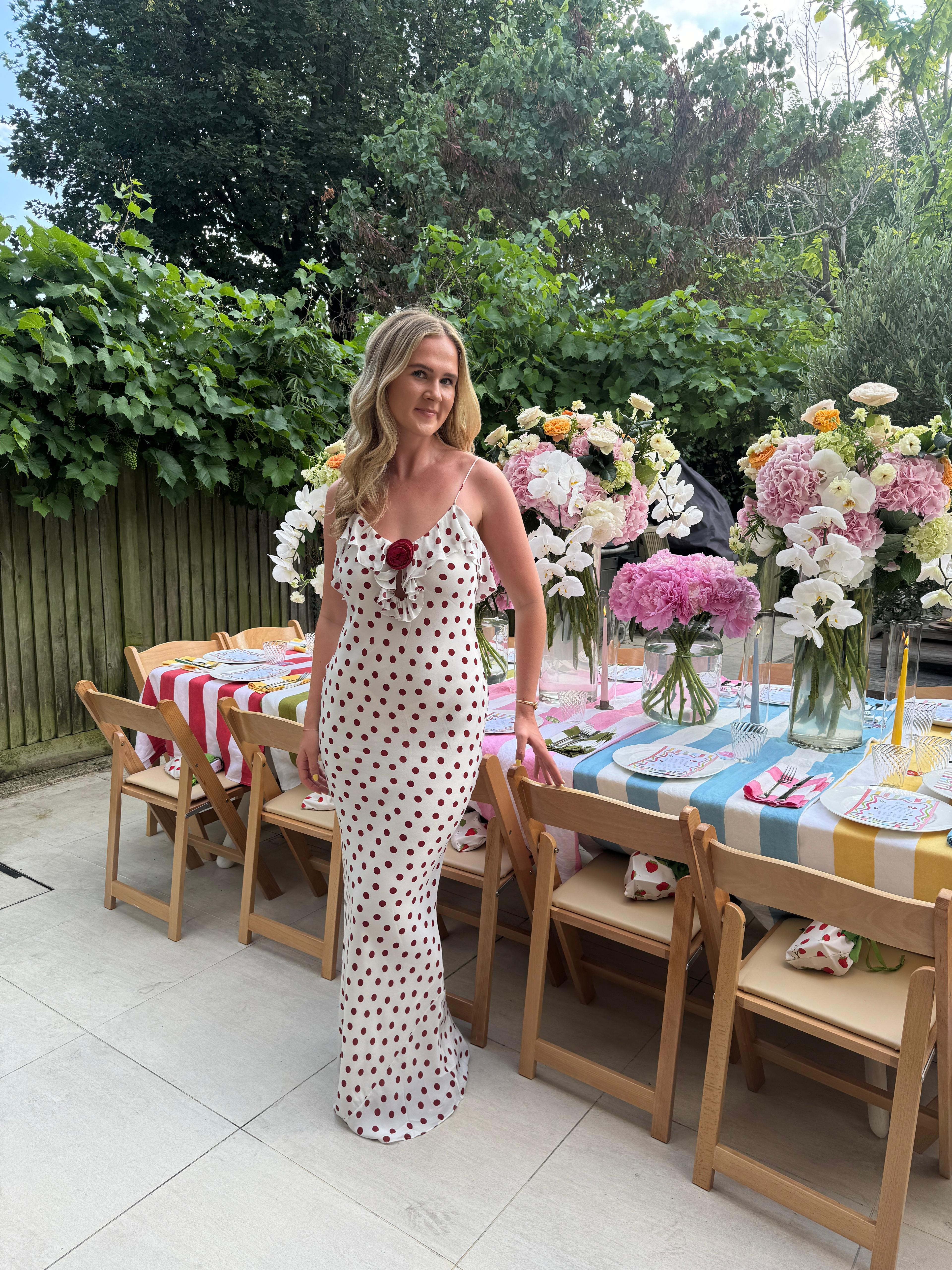
Matilda Bea hosts a summer garden party at home
What makes dopamine decor truly liberating is its subjectivity. Sure, it’s easy to reduce the trend to punchy colours and Hay plates, but at its core, dopamine decor is about rejecting trends in favour of what feels right to you.
“We’re stepping away from ‘quiet luxury’ and ‘sad beige’ minimalism,” says Dayna Isom Johnson, trend expert at Etsy. “People are craving homes that reflect them—vibrant colours, playful patterns, and a sense of individuality.”
It’s a sentiment echoed by content creator and vintage lover Laura Klein, who filled her flat with wishlist items, such as her Ligne Roset Togo Collection and Ercol Pebble nest of tables, from her childhood, many of which were handed down by her antique dealer father. “Now, owning my own place and being able to literally do anything I want with it brings me joy,” she says. “Sometimes I just sit in my kitchen and think—wow, I did this.”
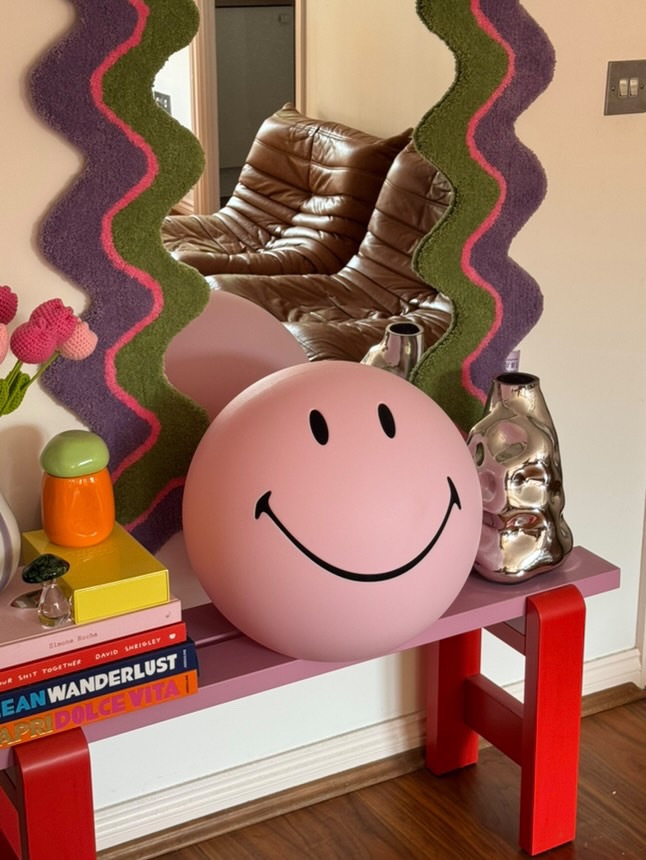
A happy corner in content creator Laura Klein’s home including Klein’s beloved Ligne Roset Togo settee
Kate Rose Morgan’s design philosophy builds on this. “Whether it’s a cheerful wall, a quirky object, or a soft pastel cushion, dopamine decor is about making little changes that make you smile every time you walk in,” she says. Her go-to palette right now is pink and green with a lavender pop. “Pink feels nostalgic and mood-lifting, green grounds the room, and lavender adds just the right dreamy twist.”
“Colour is not just something we see—it’s something we feel,” adds Laura Perryman, author of The Colour Bible. And there’s science to back it up: studies have shown that different hues can influence everything from heart rate to emotional regulation.
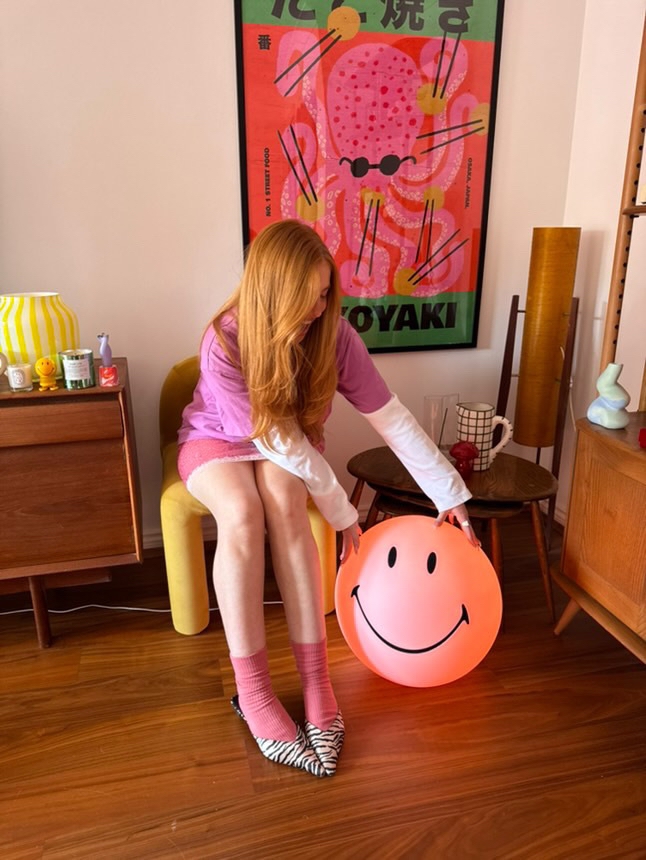
Laura Klein at home
Tash agrees. After 6,000+ colour consultations, she’s learned that colour is never experienced in isolation. “I’m not just looking at a wall shade—I’m thinking about how it connects with the flooring, ceiling, soft furnishings, artwork, even the light throughout the day. Every single element plays a part in creating the mood you want in that space.”
Designer Jacu Strauss, Creative Director at Lore Group, shares this ethos. For his recent collaboration with preloved marketplace Vinterior, transforming four cabin suites at Sea Containers London, he resisted the idea of a ‘home away from home,’ instead curating nostalgic, emotive interiors that are both fun and immersive while being rooted in comfort. “Dopamine decor should have moments of surprise and delight—but it also needs discipline. Too much of it, and the space loses impact,” warns Strauss. His advice? Everything has its place. “Like in nature, the context informs the right colour choices.”
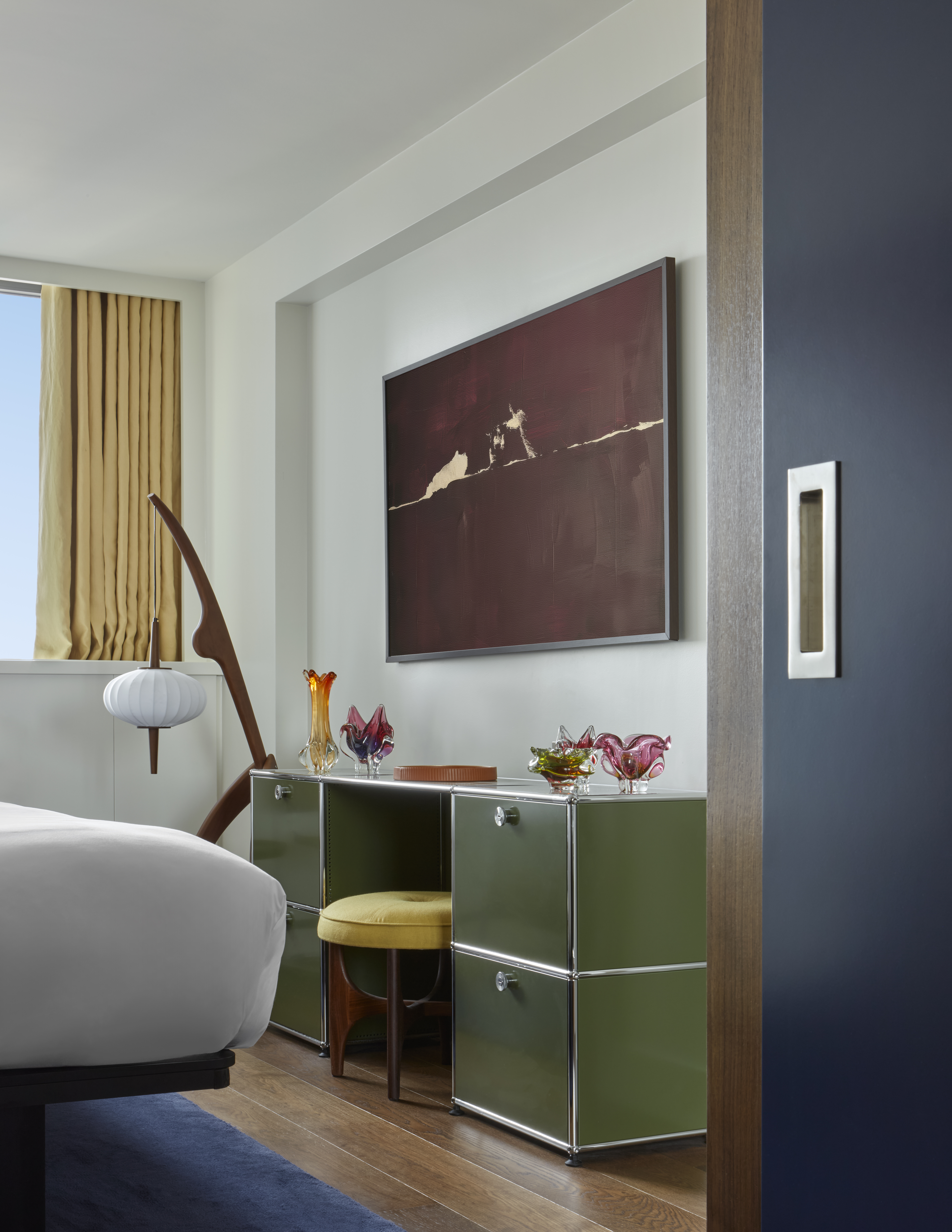
The Dynasty Cabin at Sea Containers London
As a magpie maximalist, I find it refreshing to see the tide turning on years of greige minimalism. “In 2025, maximalism is refining itself,” confirms Dulux’s Marianne Shillingford. “It’s evolving into something more curated—intentional layering of colour, texture and personality. It’s not just about more—it’s about meaning.”
I think this gets to the heart of what dopamine decor means, to me at least. Sure, I want my living room to look good in photos, but I also want it to feel good—in both an emotive and literal sense. With the world feeling more evermore uncertain, having a vibrant escape, even if it’s only a corner in a rented flat, feels more needed than ever.
Shop Dopamine Decor
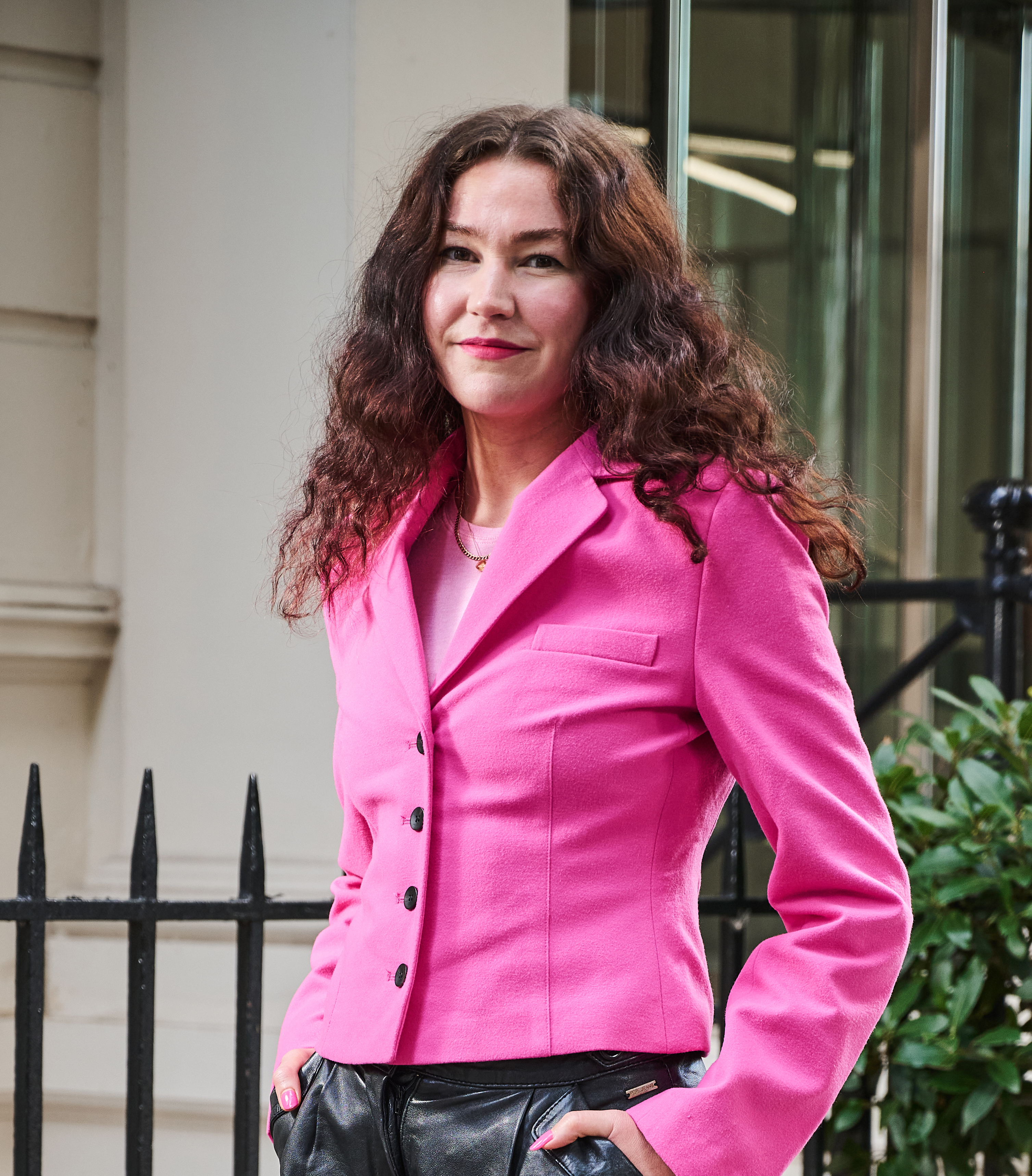
Mischa Anouk Smith is the News and Features Editor of Marie Claire UK.
From personal essays to purpose-driven stories, reported studies, and interviews with celebrities like Rosie Huntington-Whiteley and designers including Dries Van Noten, Mischa has been featured in publications such as Refinery29, Stylist and Dazed. Her work explores what it means to be a woman today and sits at the intersection of culture and style. In the spirit of eclecticism, she has also written about NFTs, mental health and the rise of AI bands.
